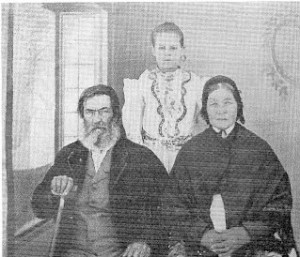Originally the Afrikaans word “dolos” is derived from Dutch, from the word Dollen and Os, Os is Ox.
Dollen means to fool around, playing or teasing. Kids where playing a game which they called “bot gooien” or bone throwing, which referred to the throwing of ox bones (indawule) as used by traditional healers (inyanga) and which the kids had adapted into a game.
The original games were not commonly called “dolos” and there were multiple versions of the same game. The game was outcomes based and early role playing variations allowed the children to explore awkward social circumstances and to have fun.
Apparently four teenagers became crazy as a direct result of playing the bot gooien game, (sometime between 1856 and 1857), then, a preacher referred to the game as “dolos” (mad ox). He decreed that the game is from the devil and that all clay bones and game pieces must be burned and destroyed. The preacher informed the community that the children had become possessed by evil spirits.
The Zulu traditional healers used the exact same tail bones to communicate with ancestoral spirits, by throwing the bones. The children were playing with fire and their immortal souls were in danger. In a single generation the word “bot gooien”, “vier bot” and some other names which the various versions of the games where known as, all changed into one word: “dolos”. After the second boer war (1902), the Dutch boer culture and language was assimilated into Afrikaans and the games became forgotten.
During the second half of the twentieth century the word “dolos” was taken and used to describe a concrete structure as the structure resembled one of the Ox tail bones used in the children’s games.



